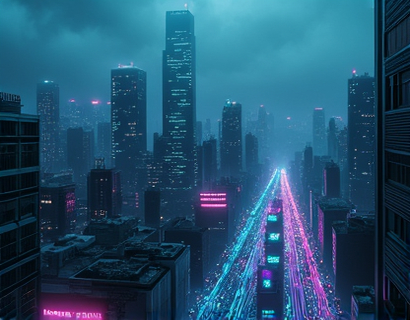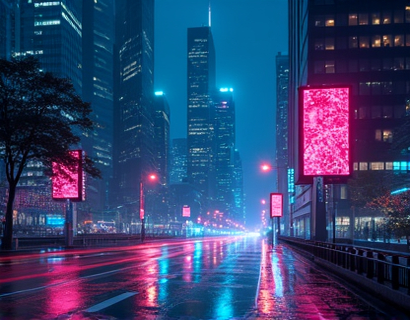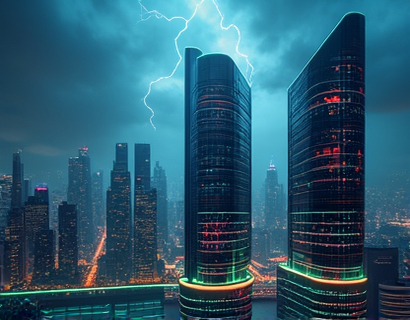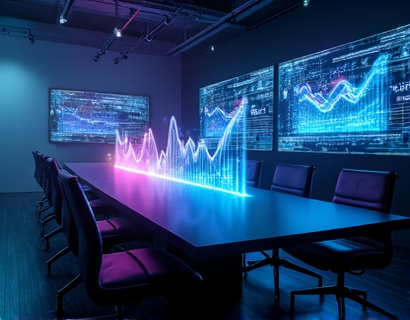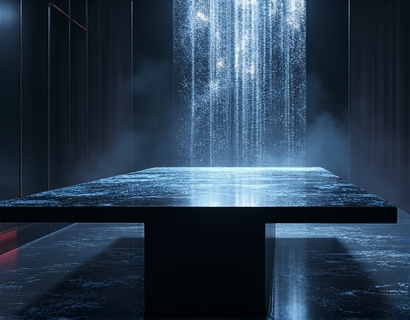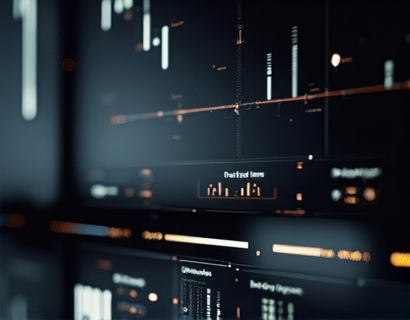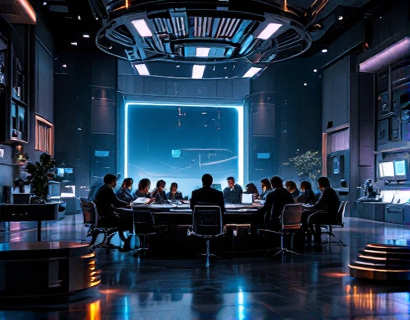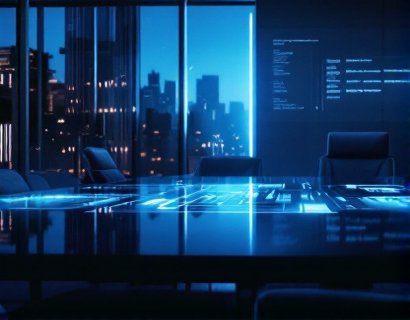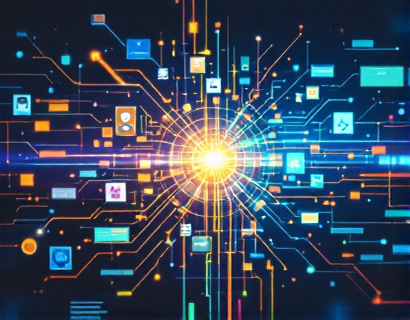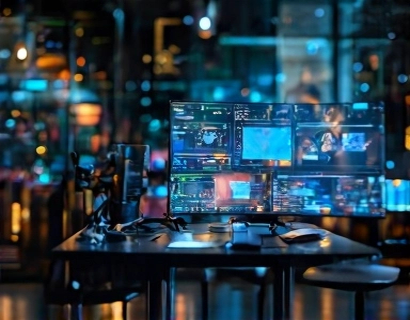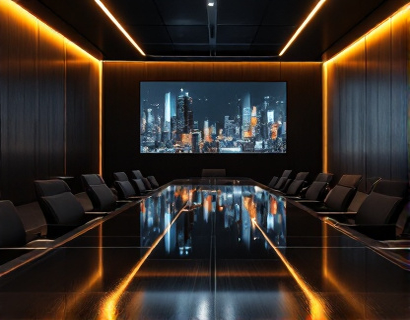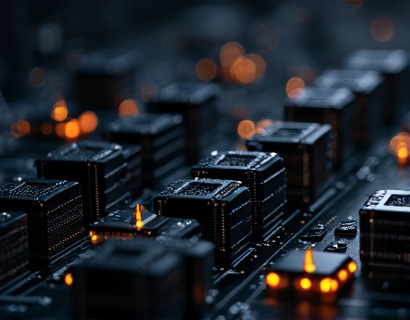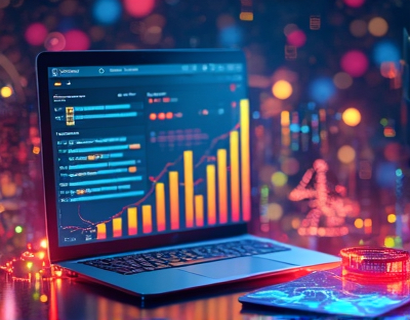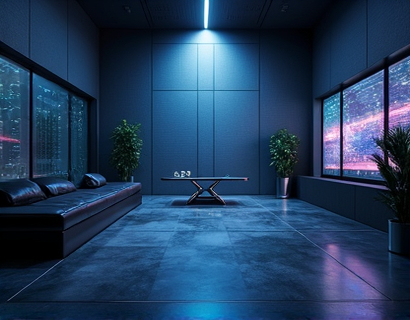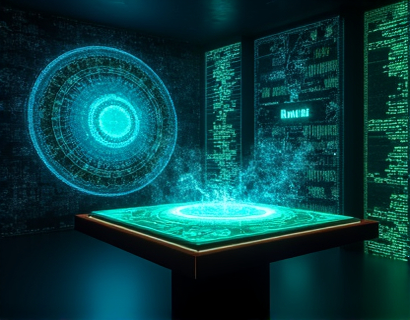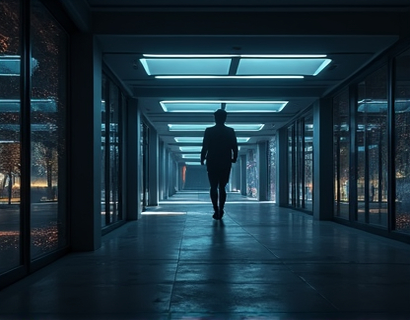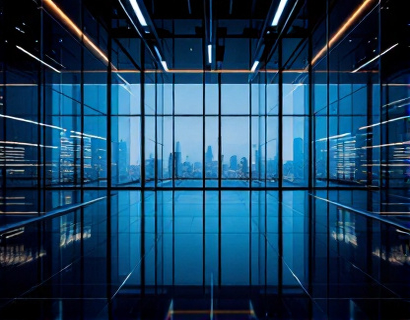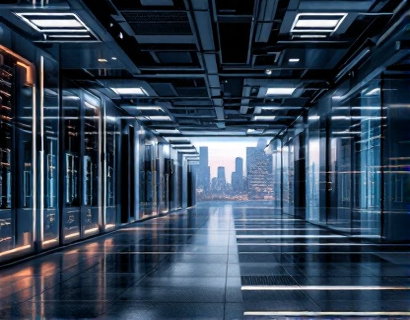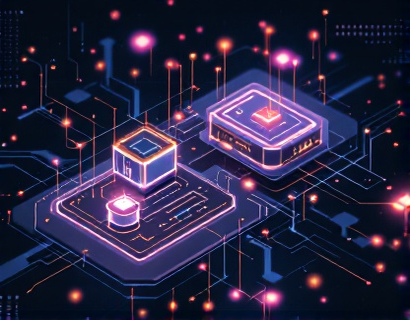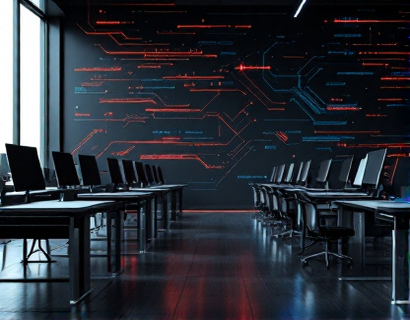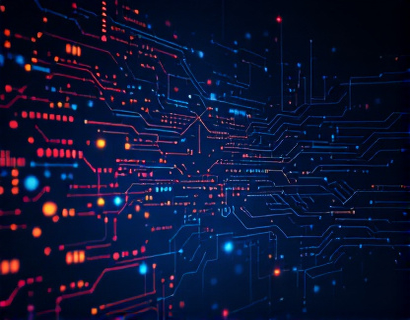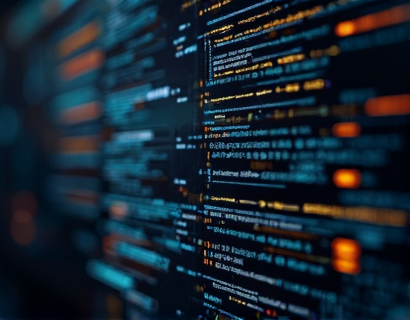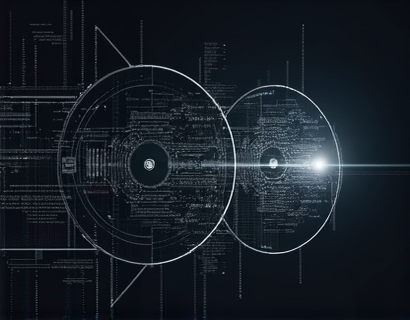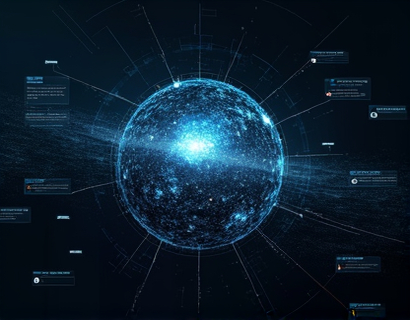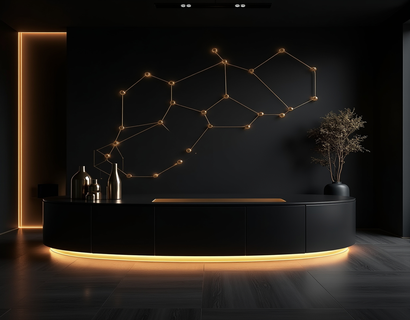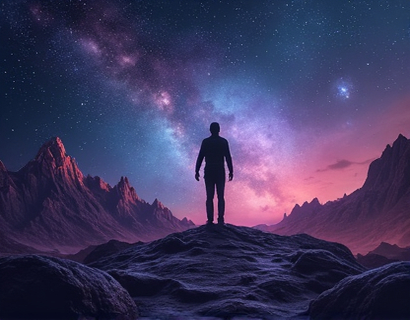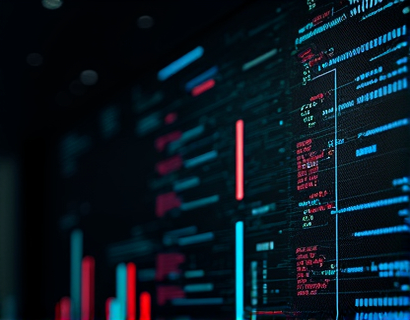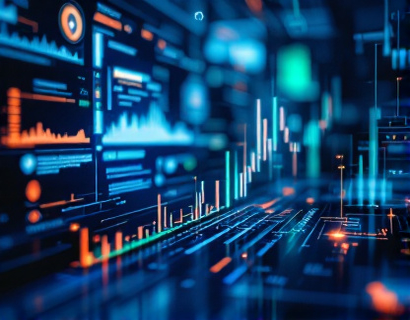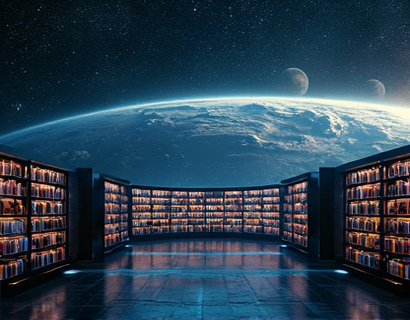AI-Powered Graphic Creation: Revolutionizing Visual Design for Everyone
In the digital age, visual content plays a crucial role in capturing attention and conveying messages effectively. Traditional graphic design, once a domain reserved for professionals with extensive skills and expensive software, is now being democratized through the advent of AI-powered online tools. These innovative platforms leverage artificial intelligence to simplify the graphic creation process, making high-quality visual design accessible to a broader audience. This article delves into how these intelligent online tools are transforming creative projects, benefiting various users from designers and marketers to hobbyists and small business owners.
Understanding AI-Powered Graphic Creation
AI-powered graphic creation tools use machine learning algorithms to generate visual content based on user inputs. These tools analyze vast datasets of design elements, styles, and trends to produce graphics that are not only aesthetically pleasing but also contextually relevant. The process begins with the user providing a brief description of the desired graphic, such as the type of image, color scheme, and intended use. The AI then generates multiple design options, which can be further customized to meet specific needs.
Benefits for Designers and Creatives
For professional designers, AI-powered tools serve as a powerful augmentation rather than a replacement. These tools can handle repetitive tasks, allowing designers to focus on more complex and creative aspects of their work. For instance, generating multiple design variations quickly can save time and provide fresh ideas. Moreover, these tools can help designers stay updated with the latest design trends by incorporating data-driven insights into their creations.
Accessibility for Non-Designers
One of the most significant advantages of AI-powered graphic creation tools is their accessibility. Individuals without formal design training can now produce professional-quality graphics with ease. The intuitive interfaces guide users through the design process, offering suggestions and automating complex tasks. This democratization of design tools empowers hobbyists, small business owners, and entrepreneurs to enhance their content without the need for extensive design knowledge.
Applications in Marketing and Social Media
In the realm of marketing and social media, visually appealing content is crucial for engagement and brand recognition. AI-powered tools enable businesses to create eye-catching posts, banners, and infographics quickly. For social media managers, these tools can generate a library of consistent and engaging visuals, ensuring a cohesive brand presence across various platforms. Marketing professionals can use these tools to test different design variations, gather data on user preferences, and optimize their content strategies accordingly.
Enhancing Content Creation for Various Industries
The versatility of AI-powered graphic creation tools makes them suitable for a wide range of industries. Educators can create engaging lesson materials and presentations, while non-profit organizations can produce impactful fundraising campaigns and awareness materials. Freelancers and small business owners can use these tools to develop professional logos, business cards, and website graphics, all within a budget-friendly and time-efficient manner. The ability to produce high-quality visuals without the need for expensive software or extensive design expertise opens up new possibilities for content creation across sectors.
Time and Effort Savings
One of the most compelling reasons for adopting AI-powered graphic creation tools is the significant time and effort savings they offer. Traditional design processes can be time-consuming, involving multiple stages of concepting, sketching, and refining. With AI tools, much of this process is automated, allowing users to generate and refine designs in minutes. This efficiency is particularly beneficial for businesses with tight deadlines or those managing multiple projects simultaneously. The rapid turnaround time enables faster decision-making and more agile responses to market changes.
Quality and Customization
Despite the automation, AI-powered graphic creation tools maintain high standards of quality and offer extensive customization options. Users can choose from a variety of templates, adjust colors and fonts, and add text or images to tailor the designs to their specific needs. The AI algorithms learn from user preferences and previous designs, improving the quality and relevance of future suggestions. This combination of automation and customization ensures that the generated graphics are not only visually appealing but also aligned with the user's brand identity and messaging.
Collaboration and Sharing
Many AI-powered graphic creation platforms offer collaborative features, allowing multiple users to work on a project simultaneously. This functionality is particularly useful for teams where designers, marketers, and other stakeholders need to contribute to the design process. The ability to share designs directly from the platform to various formats, such as social media, websites, or print materials, streamlines the workflow and ensures consistency across different channels.
Integration with Other Tools
To further enhance productivity, AI-powered graphic creation tools often integrate seamlessly with other popular software and platforms. For example, they can integrate with project management tools, content management systems, and social media schedulers. This integration allows for a smooth workflow, where designs can be automatically imported and used in various contexts without manual intervention. Such interoperability is essential for modern creative workflows that involve multiple tools and services.
Challenges and Considerations
While AI-powered graphic creation tools offer numerous benefits, there are also challenges and considerations to keep in mind. One potential issue is the risk of over-reliance on AI-generated designs, which may lead to a lack of originality or unique creative input. It is essential for users to balance AI suggestions with their own creative vision to ensure the final product is authentic and meaningful. Additionally, the quality of the generated designs depends on the quality of the input data and the user's ability to provide clear and detailed instructions.
Future Trends in AI-Powered Design
The field of AI-powered graphic creation is rapidly evolving, with ongoing advancements in machine learning and computer vision. Future tools may offer even more sophisticated features, such as real-time collaboration, advanced style transfers, and more intuitive user interfaces. As AI continues to improve, we can expect these tools to become even more powerful and user-friendly, further breaking down the barriers to entry for visual design.
Conclusion
AI-powered graphic creation tools are transforming the way we approach visual design, making it more accessible, efficient, and creative. Whether you are a seasoned designer or a casual user, these tools offer valuable assistance in bringing your ideas to life. By leveraging the power of AI, users can produce high-quality graphics quickly and easily, enhancing their content and elevating their brand. As the technology continues to advance, the potential for innovation in graphic design is vast, promising a future where creative expression knows no bounds.



